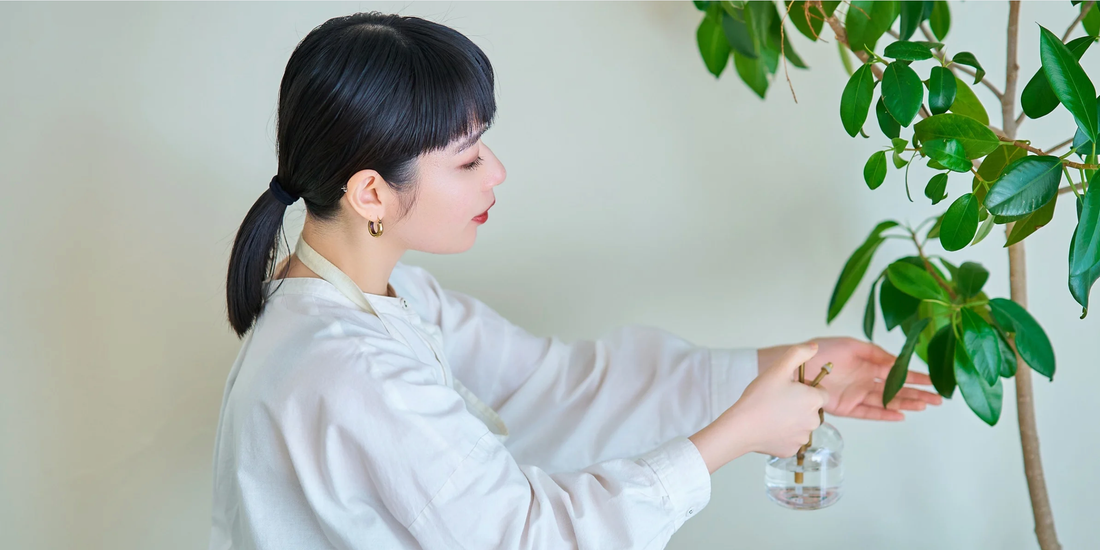Learn which indoor plants are toughest, lowest maintenance — and how to keep them thriving from Day 1.
Why some plants are better for beginners
The easiest houseplants for first-timers tend to:
-
tolerate irregular watering
-
succeed in a range of light / shade conditions
-
bounce back from minor care mistakes
-
be relatively pest-resistant
These attributes make them ideal when you’re still figuring out your home’s light, humidity and watering rhythm.
Common beginner-search keywords: easy houseplants, beginner indoor plants, low maintenance houseplants, houseplants for beginners care, plant killer friendly plants.
We’ll sprinkle these in headings & alt-text.
Top Beginner-Friendly Plants
Here are 6 reliable picks, with care highlights & why they’re good for novices.
1. Peperomia Happy Bean
-
Light: bright indirect, but tolerates lower light
-
Water: allow top 1-2″ of soil to dry before watering; don’t overwater
-
Why it’s good: compact, trailing, pet-safe (good for gift or small spaces)
-
Tip: great on shelves or desktops.
2. Ficus decora 'Burgundy'
-
Light: moderate to bright indirect
-
Why: bold look but forgiving. Makes a statement but not ultra-high maintenance.
3. Tillandsia (Air Plants)
Available at Urbane Eight.
-
Soil-free: no potting mix needed, just good airflow
-
Water: typically mist + soak periodically depending on type & humidity
-
Why: ultra-low footprint; creative display options.
4. Dracaena trifasciata (commonly “Snake Plant”)
Mentioned in your existing blog already.
-
Light: low to bright indirect
-
Why: among the most “beginner friendly”.
5. Epipremnum aureum (commonly “Pothos”)
Also in your prior blog.
-
Light: medium to low indirect light
-
Water: let soil dry somewhat between waterings
-
Why: grows fast, trails/climbs, very forgiving.
6. Zamioculcas zamiifolia (commonly “ZZ Plant”)
Another classic beginner plant.
-
Light: low to moderate indirect light
-
Water: very infrequent watering; very tolerant of neglect
-
Why: near-bullet proof when placed correctly.
Care Basics for New Plant Parents
Light & placement
-
Identify bright vs indirect vs low light spots in your home: near window, set back a bit, corners.
-
Avoid harsh direct midday sun unless plant is specifically sun-loving.
-
Rotate plants occasionally so one side doesn’t lean/overgrow.
Need More Light? shop grow lights
Watering & soil
-
Don’t overwater. Many problems come from “too much love.”
-
Choose well-draining soil mixes. At Urbane Eight you have options like Maya’s Growing Mediums which are designed for indoor plant health.
-
Use pots with drainage holes; let excess water escape.
Need help watering? Shop moisture meters
Humidity & temperature
-
Typical indoor temps (≈ 18-27 °C / 65-80 °F) suit most beginner plants.
-
Dry air (winter heating) may need humidifier or grouping plants.
-
Avoid cold drafts and direct vents.
Mistakes to avoid & troubleshooting
-
Overwatering & poor drainage = root rot
-
Placing low-light plant in very bright direct sun = burnt leaves
-
Ignoring pests (spider mites, mealybugs) — check leaves periodically
-
Ignoring signs like yellowing leaves, drooping, slowed growth.
Frequently Asked Questions
-
What if I forget to water? Many beginner plants (e.g., ZZ, Snake Plant, Pothos) will survive neglect; just adjust when you remember.
-
How often should I repot beginner plants? Usually every 12-24 months for non-fast growers; check roots & pot crowding.
-
Are beginner plants pet-safe? Some are, but many common easy plants are not pet-safe. Always verify toxicity for your pets.
-
What size pot is best? Don’t oversize dramatically; a too-big pot = too much soil = moisture problems. up size approximately 2".




